Kindergarten Puzzle Literacy Center
Visual discrimination is huge for young developing and emergent readers! One of the literacy centers I first developed was our puzzle center. It does feature puzzles of all varieties: floor, wooden, regular. But it also features alphabet building and word building puzzles. I have enough puzzles that each of the nine weeks, we rotate out puzzles.
I begin with the most simple and we increase the difficulty as the year goes on… building on the visual discrimination foundational skill that some kinders don’t come in with is key in order to grow their reading skills.
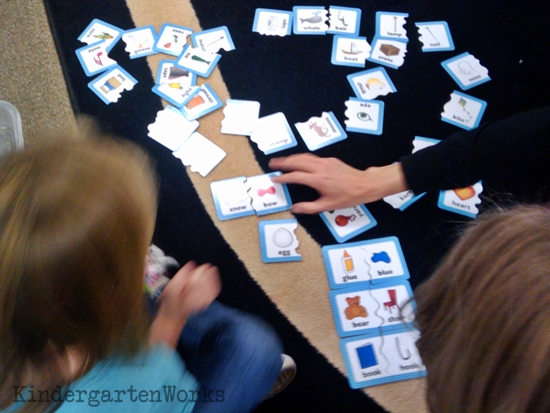
Organization
Here are a few tips on having a puzzle center: our puzzles that didn’t come with a box worth the cardboard I bought it in, gets put into a tupperware container and I use clear book tape or packing tape to adhere the picture (cut from the lid) onto the inside of the lid facing outwards.
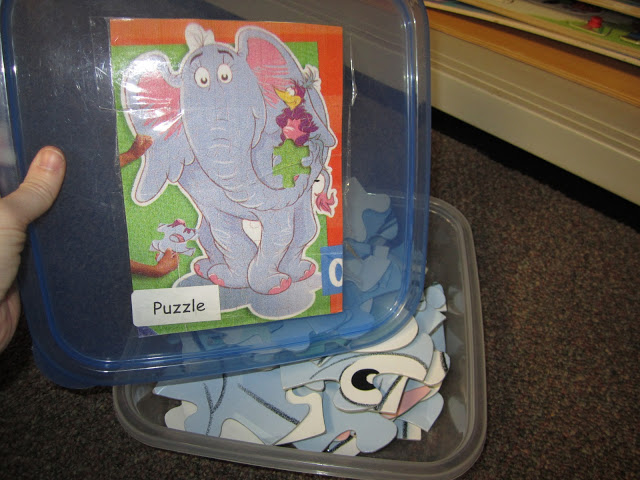
You’ll also see that we have a little clear jar labeled, “lost!” for those pieces that seem to have made their way onto the floor. That is bound to happen, but now students can be independent in looking for a missing piece or have a place to put the random piece they find.
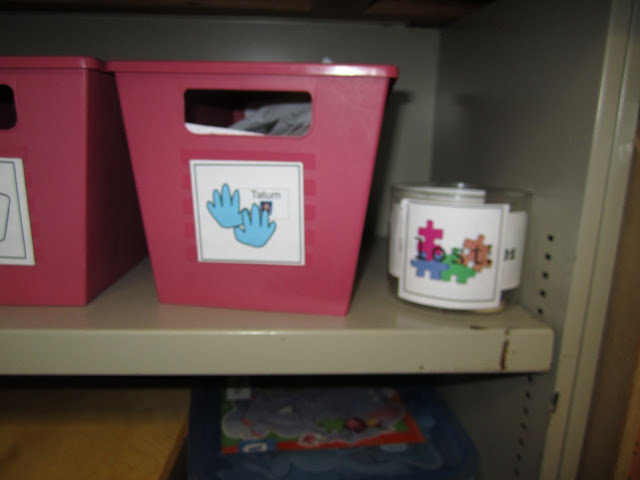
Rules and Standards
Our rules for all of our centers:
1) get learning,
2) have quiet voices and to
3) ask three other students before asking me.
This also applies to our puzzle center. Most often students will work in pairs, but they will sometimes opt to work independently. I see this most frequently when they choose one of the skill building puzzle/games in pink tote baskets. We use these to also hold sets of puzzles that go together (like word family or rhyming puzzles).When I developed the core of my literacy centers my first year of teaching, like this one, I worked to create them based on standards. I still do that today whenever I tweak one, and I post the standards on my center posters. My admins never asked me to do this, but I figured if someone didn’t understand what appeared as ‘play’ had value… I am prepared!
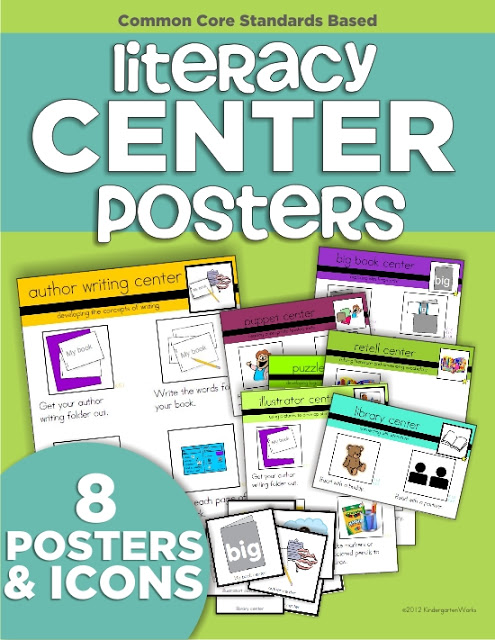
Offering Choice
My centers are based around a choice of activities to do at one center, or open-ended activities after they’ve finished a must-do activity. This center just has a variety of choices for my kinders, all accomplishing the specific goals I have. We have one basket that features a syllable clapping game and the magic gloves (that magically quiet your clap so you can follow rule #2). Students use our name cards in addition to a variety of object cards that they can choose. Later in the year, they can challenge themselves to sort the cards by number of syllables.
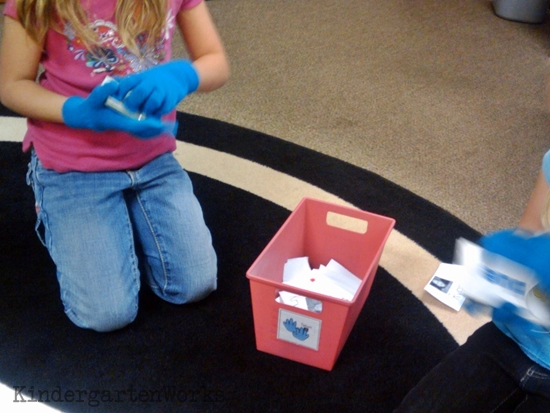

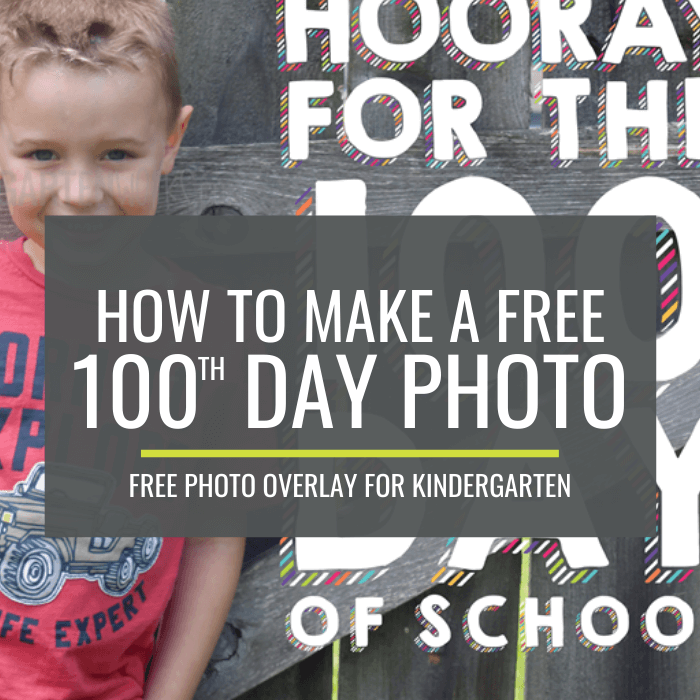
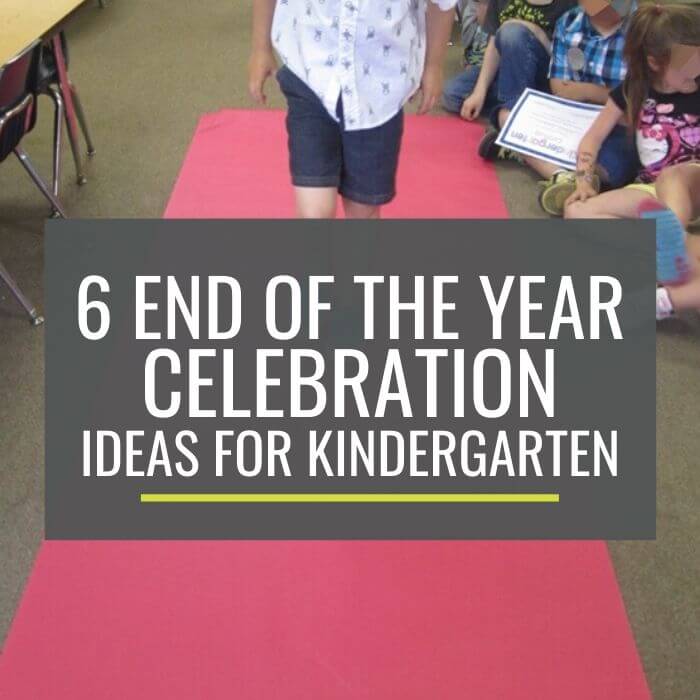
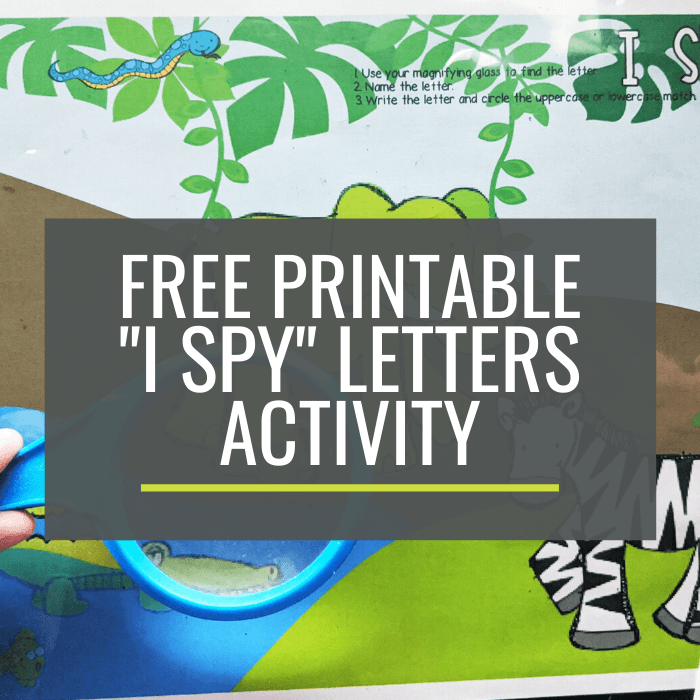
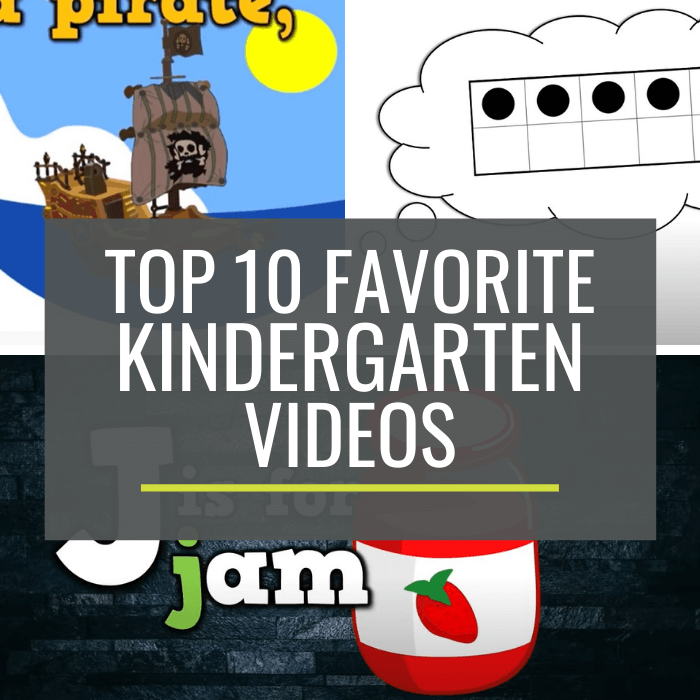
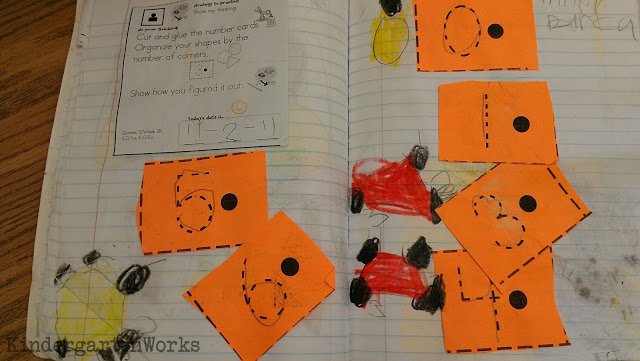
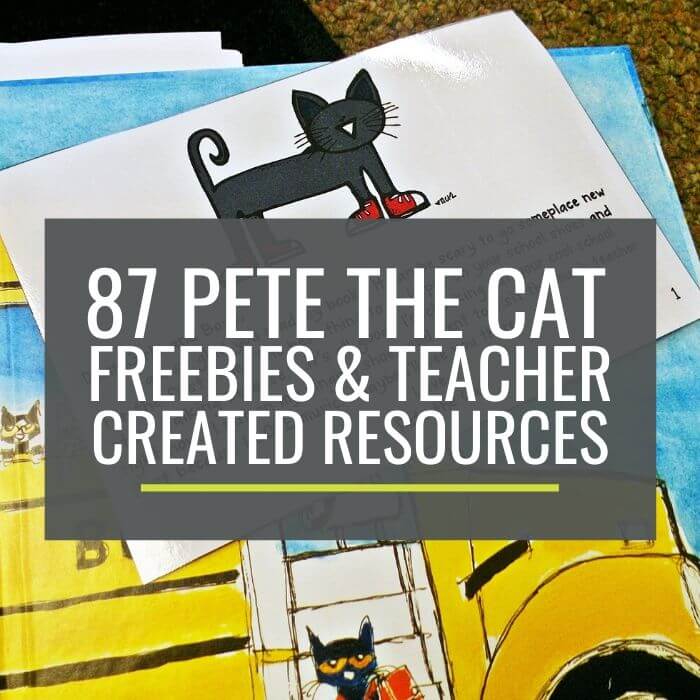
I am your newest follower. Love your centers! I label the back of each puzzle piece with a letter of the alphabet or number and write that number on the box cover so that if they find a lost piece they know exactly what box it belongs in.
Thanks for the tip Liz! I do that with my poems and matching cards, and it works out great! Thanks for following!
I love your idea for using Tupperware to hold your puzzles! That is so smart.
I also love your syllable clapping center! My first graders had a REALLY tough time determining syllables this year. Maybe I can incorporate this next year! Thanks for sharing. 🙂
You’re welcome Jill. I can agree that more practice with syllables does help!
If you peeked into my classroom, you’d see that I also have a ‘puzzle thing’ going on in my room. At the end of last year I put all my puzzles into plastic baggies, and cut the top off the box and slipped it inside each bag. I saw this on a blog somewhere—can’t remember where. It isn’t ideal, but I had to do something–the puzzles were taking up waaayyy too much space. Now I use the white plastic 3-drawer organizers (with 3 ‘deep’ drawers). I have two, side by side. One has all of the ‘table puzzles’ (other than a few word puzzles and several wooden puzzles), the other set of drawers has all of the ‘floor puzzles’. I also rotate the puzzles…until the end of the year, where I allow them to choose from any of the drawers. I firmly believe that working with puzzles make my children into better thinkers, readers and mathematicians. What piece makes sense here? Notice the details–be observant. Make a prediction about what the next piece would look like—and visualize it in your mind.
As always. your blog is ‘a good read’. Thanks for doing so much for all of us in kindergarten cyberspace!
Liesl in VA
http://wildworldofkindergarten.blogspot.com/
Thanks Liesl for sharing your thoughts on how you use drawers to organize your puzzles. I firmly believe what you stated about working with puzzles too. Thanks for your compliment! Glad to see you back in the world of blogging!